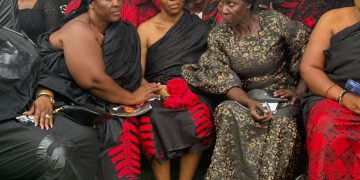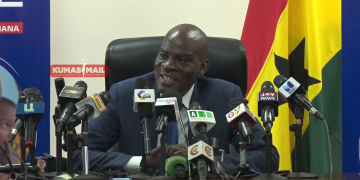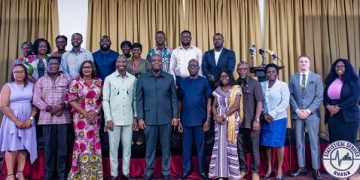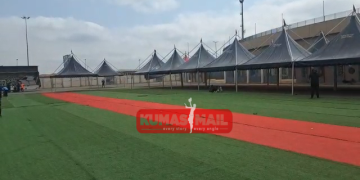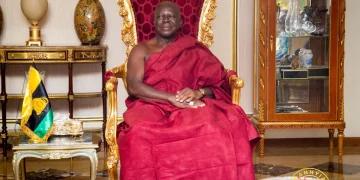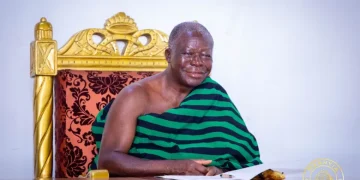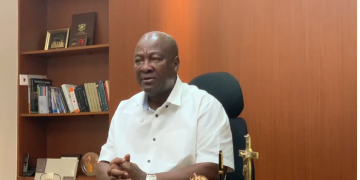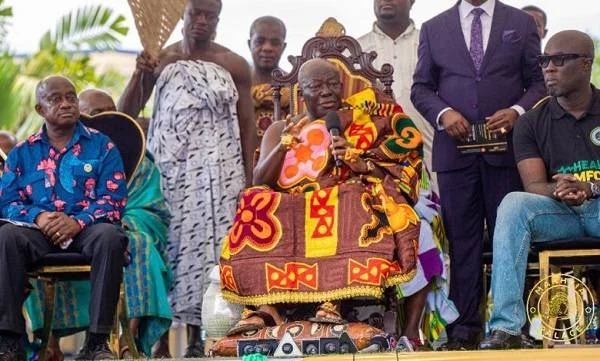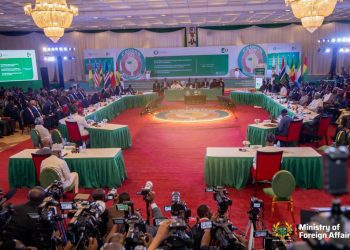The Asantehene, Otumfuo Osei Tutu II, is set to receive 28 gold ornaments and regalia from South Africa, marking another significant restitution of Asante cultural heritage looted during the 19th century.
These artefacts, including linguist staff, swords, palace security locks, rings, necklaces, and proverbial gold weights, reflect the governance structures and chieftaincy traditions of the Asante Court.
A Decades-Long Journey Home
Originally acquired in 1922 by Swiss art collector Joseph Mueller, these items later became part of the Barbier-Mueller Museum in Geneva.
In 2000, AngloGold Ashanti purchased the Barbier-Mueller Collection and housed it at the Gold of Africa Museum in Cape Town.
The artefacts were later transferred to the Javett Art Centre at the University of Pretoria.
The Significance of Restitution
This return represents a cultural milestone, following a wave of deaccessions and restitutions to Africa.
As Lekgetho Mokola, former Director of the Javett Art Centre, noted, “Africa is now taking the lead in restitution within its own territories to address colonial legacies.”
This move could accelerate efforts to return cultural objects beyond African borders.
Manhyia Palace
The artefacts will be housed in a contemporary art gallery at the Manhyia Palace Museum, expanding its cultural offerings and historical significance.
This return increases the number of restituted or loaned cultural objects received by the Manhyia Palace this year to 67 – the highest for any African institution in recent history.
Previous Restitutions
In February, the Fowler Museum at UCLA returned seven artefacts looted during the 1874 Anglo-Asante War.
In March, 32 items were restituted by the British Museum and the Victoria and Albert Museum.
The latest return cements the Manhyia Palace’s role as a central repository for Asante cultural heritage and a symbol of Africa’s growing influence in reclaiming its historical legacy.
Source: www.kumasimail.com




